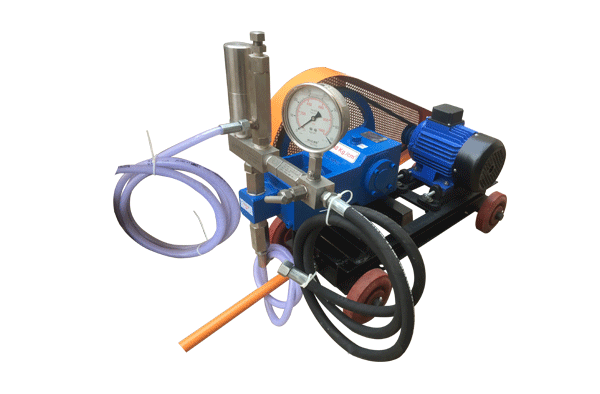If you are considering getting a hydrostatic test pump for your home or business, there are several things you should know. You should also be aware of the different kinds of pumps on the market.
Hydraulic Test Pump
A hydrostatic test pump is a type of pressure testing equipment used to check the pressure in water or gas lines. These devices can detect leaks and repair broke or faulty pipes.
Generally, these pumps work by forcefully pumping water or mineral-based hydraulic oil into a piping system. As a result, the system maintains its pressure when it is disconnected. The hydrostatic test pump can be used for testing different types of water and gas systems, including plumbing, sprinklers, boilers, and more.
Most test pumps are powered by either an electric or gas engine. Electric models offer convenience and eliminate concerns about fumes in enclosed settings. They are also compact and lightweight.
Larger pumps are designed for specialized applications, such as testing fire protection systems. These units are typically mounted on wheels. While weighing more than the smaller models, the larger models can be carried by two people.
If you’re shopping for a pump, you’ll want to look for features such as a bypass valve, a shut-off valve, a gauge, and more. The right equipment will ensure that the pipe you’re testing will be safe.
Liquid-filled Gauges
Liquid-filled pressure gauges are an excellent option for hydrostatic test pumps. They are highly durable and resistant to moisture intrusion. These gauges also absorb vibrations and help stabilize the needle.
While they are a bit more expensive than dry gauges, they come with several advantages. The following are the main benefits of liquid-filled pressure gauges:
A liquid-filled manometer displays pressure more accurately. It also shows less fluctuation. In addition, they respond to changes in pressure more slowly. This means that the needle moves less frequently, which helps it to stay steady.
Liquid-filled gauges are also ideal for extremely cold climates. They can withstand temperatures as low as -46 degrees C. However, they also have the potential to leak. So, you’ll want to make sure you vent them.
Typically, these gauges are filled with glycerine. Glycerine is not only a “standard” fluid, but it’s also completely biodegradable. That means it’s suitable for most applications.
The dual copper valves ensure accurate measurement results. The crimped bezel design helps prevent leaks.
Hose-to-pump Connection
The hydrostatic test pump is a type of tool that tests the pressure in a gas or water line. It is an effective way to check for leaks.
A hydrostatic test pump is an essential item to have on hand to ensure that your system is leak free and safe to operate.
A drill-powered pump is often a good choice for the task. They are easy to use and store. However, they can take a while to pressurize. This is because the drill’s power source must produce enough torque.
Another option is a battery-powered pump. These are useful because they are portable and have no fumes. But they must meet electrical requirements and amperage specifications.
In the case of a plug-in electric pump, you will need to make sure that the unit is compatible with the outlet that you are using. Some models come with a quick-connect outlet hose.
While you can find many different types of pumps, most of them work best with pressurized water supplies. If your supply is not pressurized, you may need to fill it with a standard garden hose before you begin testing.

